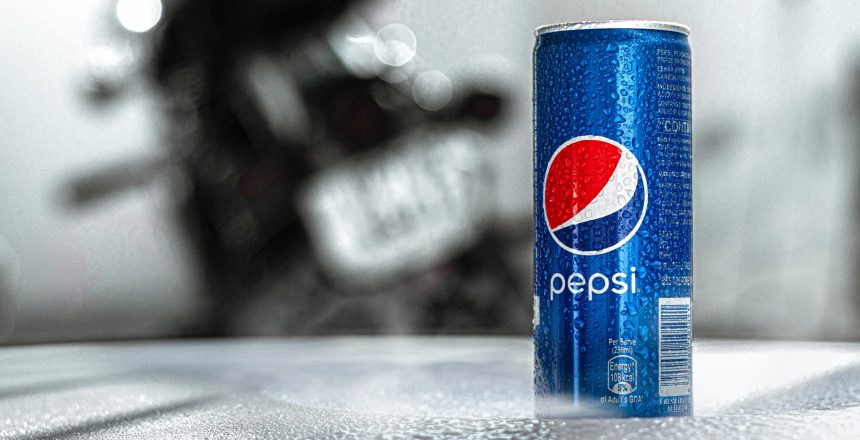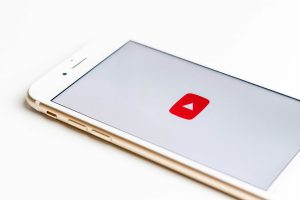PepsiCo, a multinational company with over 250,000 employees as of 2014, produced 13,000 bottles of a limited edition Pepsi Perfect for fans of the Back to the Future Trilogy. The goodwill gained from the campaign can be measured on one hand with a negligible effect not only on sales but arguably in pop culture significance.
Pepsi and Back to the Future
Back to the Future II was arguably one of the most influential movies in recent decades. It offered the general public a look into the future through the spectacles of the science fiction writers of 1989. The first of the trilogy, which hit theaters in 1985, was an instant success and had led audiences on a spectacular and unique ride into time travel both in the not-too-distant past and the not-too-distant future.
Product placement abounds it was no surprise that soft drink giant PepsiCo had a role in the movie with the fictional Pepsi Perfect, a vitamin-enriched variety of cola also sold in the equally fictional 2015 throwback cafe, “Cafe 80’s”. Smelling the opportunity for a marketing blitz, Pepsi leaped into action. On October 5, 2015, Pepsi announced that it would be releasing a limited quantity of Pepsi Perfect for fans located in the United States.
Pepsi Perfect Hits the Real World
Two runs of 6,500 bottles were offered on Amazon, Walmart, and through the Official Pepsi Website on October 21, 2015, and on November 3rd for $20.15. Both releases garnered significant criticism surrounding the handling and distribution of the collectible commodity.
Fans took to social media and turned the innocent promotional campaign into a social media nightmare with the latter of the two releases considered a make-good by attempting to salvage any goodwill left by the online community.
Unrealized Marketing Potential – What Went Wrong?
In a simple word: Everything.
Back to the Future was a global phenomenon. Pepsi dropped the ball by failing to see the true marketing potential for the imaginary product and failing to make 2015 the Year of Pepsi. The Back to the Future Trilogy, which grossed nearly $1.3 billion in ticket sales worldwide, is not, by any means, a cult classic and the goodwill surrounding the beloved series could have easily extended to the soft drink giant.
Marketing divisions around the world would kill for such positive and relatively organic product placement. How do we know Pepsi failed? The awareness of the Pepsi Perfect product isn’t even a blip on the radar of public consciousness which is nearly diametrically opposed to the awareness behind the Back to the Future series.
Pepsi vs. Coca Cola
Marketing is about taking advantage of situations presented to you or amplifying an already existing message to your benefit.
If we focus solely on the advertising strength of Pepsi Cola vs Coca-Cola, the winner between the two is clear. Coca-Cola’s bright red logo owns the Christmas season and their “Share a Coke” campaign which featured cans personalized with popular names can be found in posts up and down social media. Pepsi was in dire need of a win and gave up a surefire goal in failing to capitalize on the Back to the Future media frenzy which was in full force this year.
What Pepsi Should Have Done
If Pepsi had committed to a year-long Back to the Future-themed promotional campaign, the company could have had a chance to steamroll the competition with relatively minimal spending.
Every media outlet worth their grain in salt, including big hitters CNN, ABC, The Telegraph, National Geographic, BBC, USA Today, and The New York Times, had articles comparing the future as seen in Back to the Future II to its present-day counterpart and each of these mentions had the opportunity to include an absolutely free plug for Pepsi Perfect.
Slam dunk tie-ins could have included marketing efforts at the San Diego Comic-Con and the New York Comic Con, the latter of which did celebrate with an intimate Pepsi booth, which hosted a combined 300,000 fans this year who are ready, willing and able to share their experience with the beloved brand.
Hardcore fans aside, kids of all ages may have picked up a bottle as a keepsake and shared their love of the product over social media or through word of mouth to friends and family.
Halloween costumes could have been made complete as Marty McFly wore his trademark lenticular cap while riding his Mattel-branded Hoverboard with a bottle of Pepsi Perfect in hand.
They also could have also boosted its philanthropic portfolio by making a significant contribution towards Parkinson’s research by teaming up with the Michael J. Fox Foundation by offering a portion of proceeds to finding a cure for the debilitating disease.
Alas, all this did not happen.
What Happened Instead
Instead, Pepsi peaked at 15,000 mentions on Twitter on the release date of Pepsi Perfect with rival Coca-Cola reaching the same milestone or exceeding it for nearly the entire month with no significant advertising campaign running to speak of. The most recent spike in mentions for November 17th on Twitter, unfortunately, was attributed to a meme connecting the solidarity of flying the French Flag colors in remembrance of the Paris Attacks to the logo colors for the Pepsi brand.
Lesson Learned
Though Pepsi will likely never have a marketing opportunity like this again, use this as a reminder to scan the environment and make sure your brand doesn’t let an opportunity like this pass you by.
Editorial Disclaimer
The views, opinions, positions or strategies expressed by the authors and those providing comments are theirs alone and do not necessarily reflect the views, opinions, positions or strategies of The Bridge Corporation or any employee thereof. All data and information provided on this site are for informational purposes only. The Bridge Corporation makes no representations as to the accuracy, completeness, currentness, suitability, or validity of any information on this site and will not be liable for any errors, omissions, or delays in this information or any losses, injuries, or damages arising from its display or use. All information is provided on an as-is basis.




